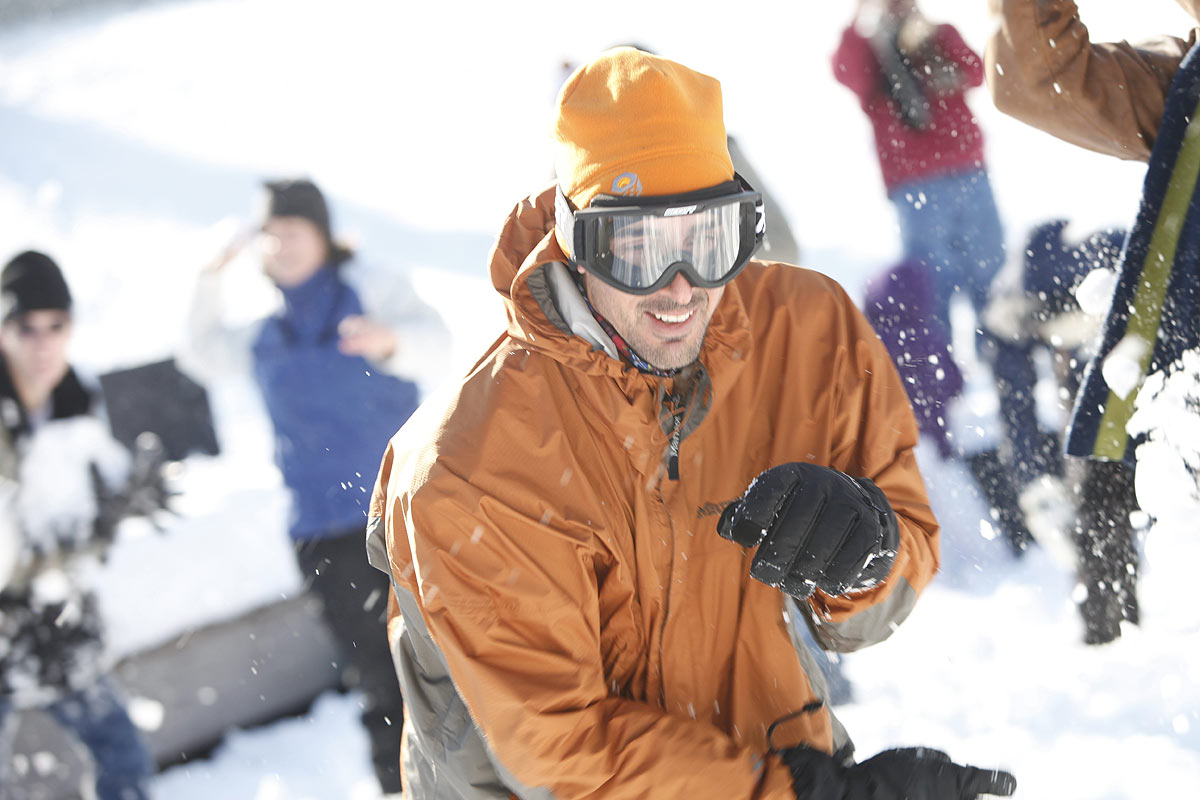Be Creative with Photography in the Winter
Today I checked the weather and was pleasantly surprised to see some upcoming snow showers. As it continues to get colder and winter draws closer, I look forward to taking pictures on snow days in the upcoming months. Taking pictures in the snow is fairly simple, but there are a few things you should pay attention to to get the most out of your shoots in the snow.
Prepare Well
Before stepping out into the cold, make sure you prepare yourself and your camera to be outside. Dress warmly and wear gloves that allow your fingers to navigate the controls on the camera. Don’t wear mittens or really thick gloves. If you can find a pair with rubber grips, you’ll avoid the camera slipping out of your hands. Especially if you are out in extremely cold temperatures, make sure you are dressed warmly enough to stay comfortable while shooting for extended periods of time. While keeping yourself warm, remember to keep your camera cold. Many photographers will try to keep their cameras warm to protect their gear, but by bringing your camera back and forth between cold and warm temperatures, you will cause condensation to build up on the lens and camera body, potentially harming the camera. Another thing to keep in mind is that batteries drain faster in cold weather, so bring extras with you to a shoot.
Think About Exposure
When shooting in the snow, your camera will often poorly expose your images. Even if you think your auto exposure does a good job of reading light, check to make sure your images aren’t dark and gray. Try to overexpose your pictures by just a little bit to compensate for the camera reading the snow darker than it actually is. Sometimes the snow will end up gray or slightly blue, so watch for the exposure and color balance. If you shoot in RAW, you will be able to save images that aren’t exposed correctly, but don’t use that as an excuse to shoot without accurately adjusting your exposure.
Check Your Shutter Speed
If it is actively snowing, using a fast shutter speed will capture the falling snowflakes and create a magical feel. Using a slower shutter speed will often blur the snow and make your images fuzzy. Be creative with different shutter speeds, but make sure your images are sharp and focused.
Find a Subject
Snow can be fun to take pictures of, but endless white pictures often become boring. Find a subject other than the snow to focus on and enhance your images. Maybe shoot some portraits outside or find a scenic landscape to add interest. A red house or barn adds a beautiful pop of color to a white background. Whatever you find as a main subject, make sure it adds character and breathes life into an otherwise boring image.
Be Creative
If you’re feeling creative, try black and white photography! The snow adds a nice contrast with other objects and subjects and can make for some beautiful black and white photos. You can try this either from the camera settings or in post processing. Something else to try in post processing is a white vignette. On some snow images, a tasteful white vignette can add a magical feel! You can also try HDR in the snow to create some unique pictures.
Even if it’s cold out, don’t be afraid to grab your camera and take pictures outside. The snow can create some unique opportunities for beautiful pictures!


